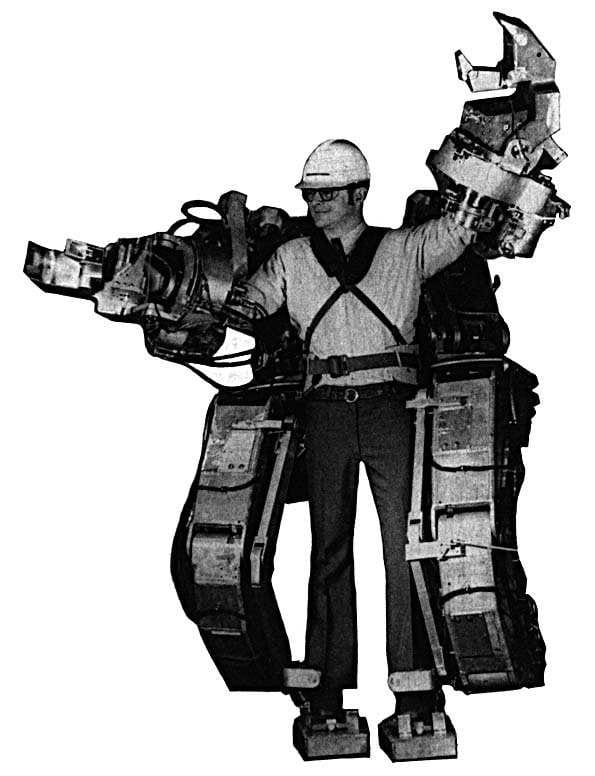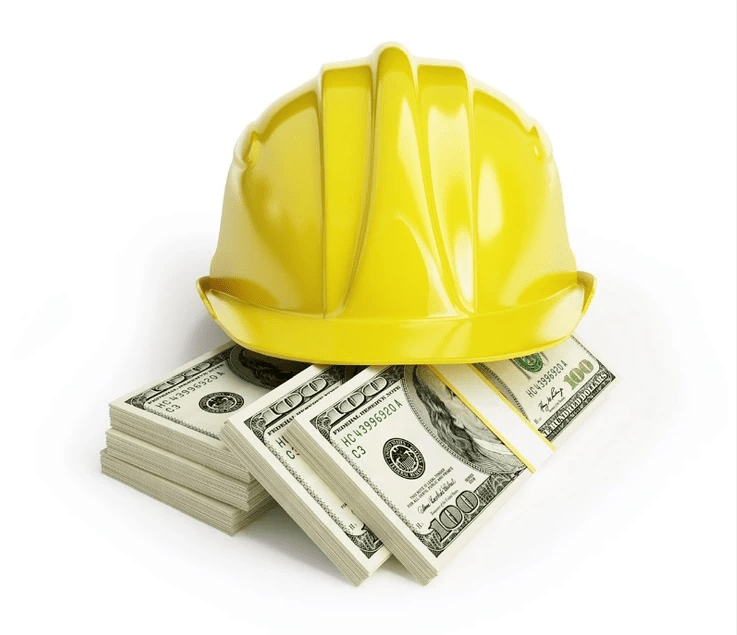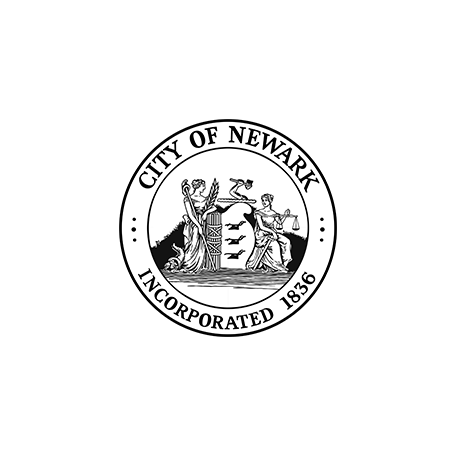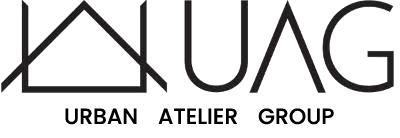Call us at +1 (917)-745-6877 for more info or click here
Exoskeletons are a huge asset for the construction industry. They improve human performance by supporting body parts such as the legs and back when performing physically demanding tasks.
Adopting wearable exoskeletons is the way to go for contractors who want to help workers decrease fatigue and load to the spine and improve posture.
Let’s explore the history, latest updates, and best exoskeletons on the market.
Companies in the USA pay over $1 billion weekly in injury costs as compensation for disabling and non-fatal injuries. That’s a huge cost, right?

While there are OSHA guidelines to help prevent these injuries, they haven’t been 100% successful, especially in construction.
In fact, the rate of injuries in construction increased to 2.3 per 100 workers in 2021 from 2.2 in 2020. What can contractors do to prevent these injuries?
Enter Exoskeletons.
Exoskeletons are wearable upper-body machine suits designed to reduce the strain caused by manual labor. They provide extreme support and mobility to the human body. This helps reduce fatigue and discomfort caused by repetitive tasks and motion.
Also known as exosuits, exoskeletons are either powered by human motion or electricity.
These devices don’t do all the work for construction workers. Instead, they make a load lighter or easier to carry. This reduces musculoskeletal strain and, in turn, helps prevent injuries.
Several types of exoskeletons are used in the construction industry. These exoskeletons can be as small as a single limb to as big as a whole body suit. They all provide support and protection to the human body in different ways.
Here’s a list of the most common exoskeletons in construction.
In 1965, the US Army and Navy sponsored the development of the first exosuit “Hardiman,” by General Electric.

The vision was to have a full-body exoskeleton that augmented the users’ strength and helped them lift heavy objects.
The end product was an exoskeleton made of two suits: An external one and one that was attached to the user’s body. This exoskeleton weighed over 1500 pounds, making it impossible to be used in the field.
The outcome of Hardiman led to a stall in exoskeleton projects until the end of the 1960s. At this time, another exoskeleton for gait assistance was developed at the Mihajlo Pupin Institute in Belgrade. This project started the research and development of exoskeletons for medical use.
The University of Wisconsin would soon follow in 1971 with Hydraulic-Pneumatic Artificial Muscle (HPAM). This was the first exoskeleton to feature a power source.
Exoskeletons in the 20th century had many technological limitations due to a lack of knowledge and experience. However, by the end of the 20th century, research on industrial exoskeletons increased, and companies like Cyberdyne and Ekso Bionics started investing in this market.
In 2000, Sarcos Research Center developed a powered exoskeleton that assisted workers in lifting heavy objects while performing tasks. This was a major breakthrough because it had the potential to reduce human errors and increase the productivity of users.
Exoskeletons entered the market in the early 2000s as more research led to more technologically mature innovations.
Most of these exosuits were used in healthcare. It wasn’t until around 2015 that industrial exoskeletons were adopted for the construction and manufacturing industries.
According to the CDC, work-related musculoskeletal disorders are 16% higher in construction than in any other industry. Exosuits and other wearable technology are pivotal in promoting the safety of construction workers.
With the rise in technology, exoskeletons are becoming more advanced and efficient.
In the past, exoskeletons were made of metallic objects. Today, most manufacturers are leaning away from these rigid types.
New exoskeletons are made of fabric and have flexible artificial muscles. This makes it easy for workers to move around while wearing them.
Exoskeletons today can be operated without any wires.
With the help of sensors, workers can control their exosuits with gestures and movements. This gives them more freedom and reduces the risk of any accidents or mishaps.
Some wearable technology has smart sensors. These gather data on the user’s physical state, interpret it, then use these interpretations to optimize performance.
In addition, artificially intelligent exosuits can adjust one’s posture based on metabolic data, helping reduce strain during repetitive tasks.
In the future, we expect to see more light and long-lasting wearable technology, with reliable and portable power sources, to increase utility.
Exoskeletons reduce the risk of injury for industrial workers by ensuring proper posture and weight distribution, reducing muscle fatigue. Let’s look at the best exoskeletons on the market.
EVO’s system and ergonomics aim to give an exceptional experience to users of all types and sizes. This vest boosts occupational safety by reducing strain on arms, shoulders, and neck muscles during heavy lifting.
EVO is lightweight and has minimal touch points, which helps workers keep cool while lifting heavy loads.
Guardian XO is a full-body and battery-operated logistics machine.
This full-body exosuit is used in many industrial worksites to reduce strain and fatigue. It supports heavy lifting tasks, allowing workers to lift up to 200 pounds.
EXO-O1 Overhead Exoskeleton is designed to reduce strain on arms and back while performing overhead tasks. It uses cutting-edge technology and patented force-sensing to assist workers in completing manual tasks with less effort.
Exoskeleton technology improves the quality of life of construction workers. It reduces the risk of injury and improves ergonomics and efficiency on the job site.
Coupled with other protective equipment, exosuits can significantly increase workers’ safety and reduce injury costs for contractors.
Additionally, they can help enhance accuracy during overhead work and increase productivity. Because of these benefits, exoskeletons are becoming valuable and promising safety tools in construction.

Construction is one of the main contributors to the United States economy. Over 680,000 people work as employers, while over 7 million work as employees.…

Health and safety in the construction industry are not to be taken lightly. This seems like a given due to the high-risk nature of the…

Construction’s mental health crisis is very real. There are many factors that contribute to mental health issues, however construction workers don't have it easy to…
Selected as #1 by top ENR General Contractors. Loved by thousands of Trade Contractors across the US.


















